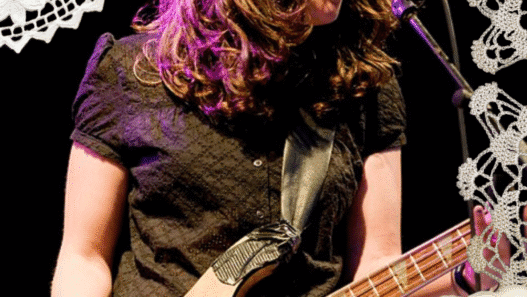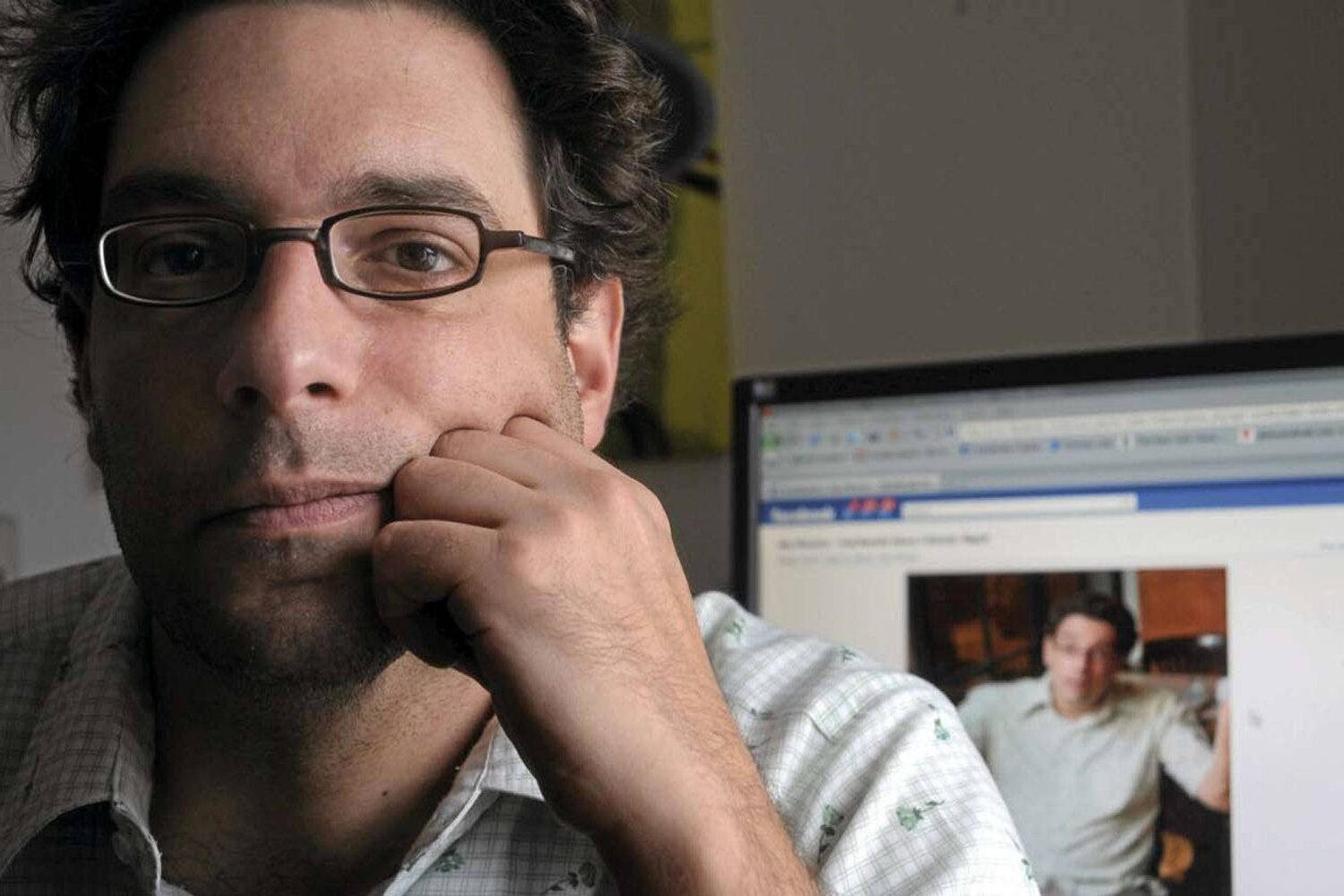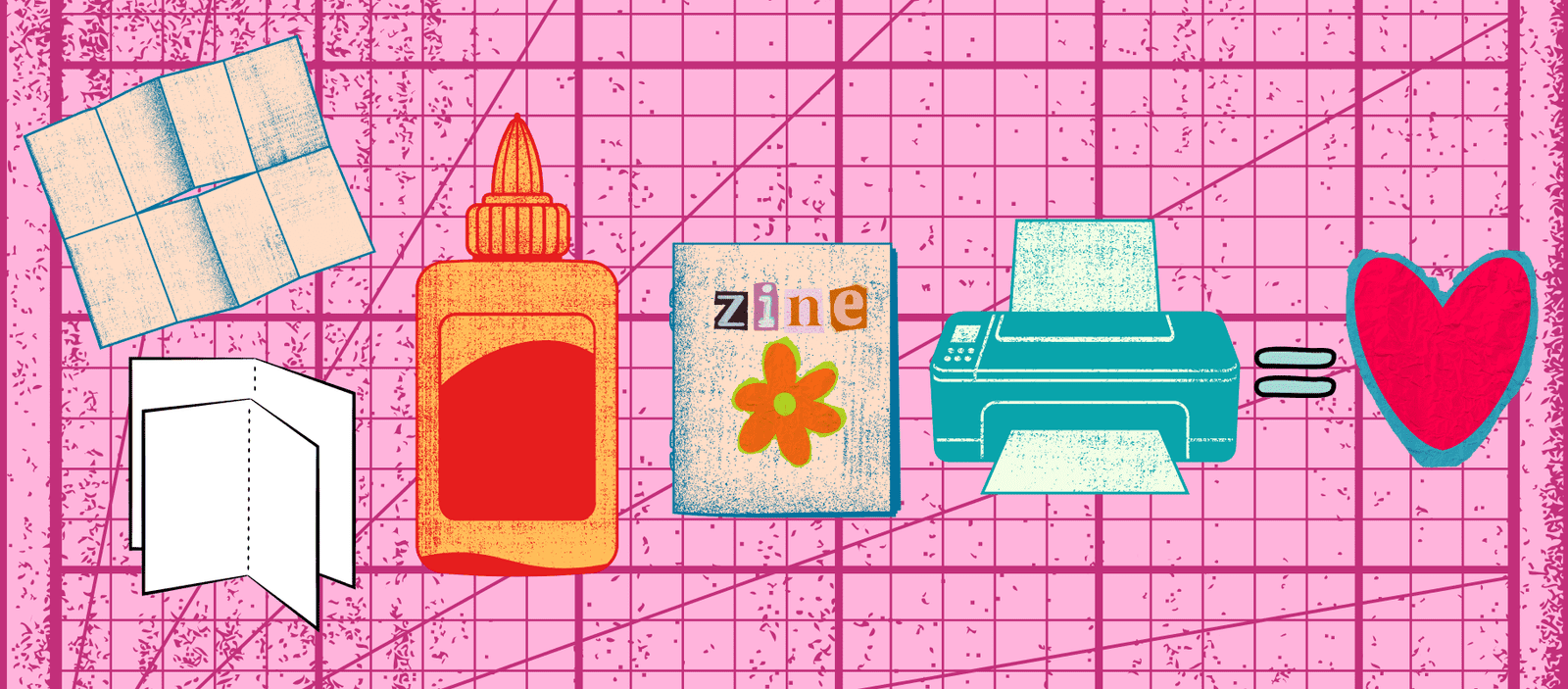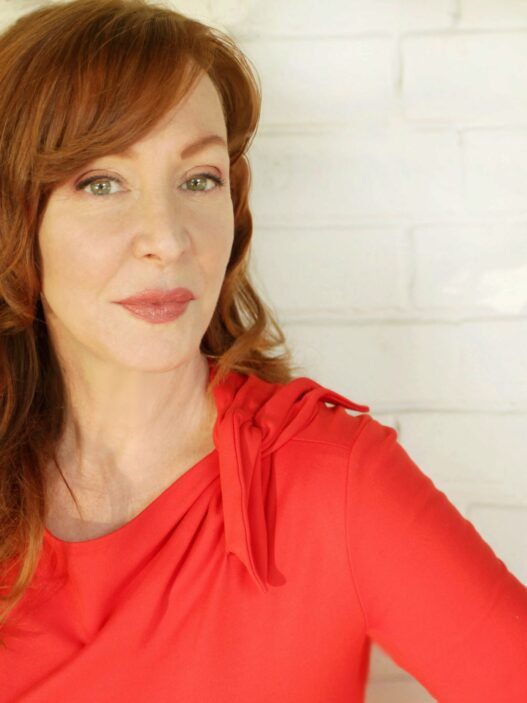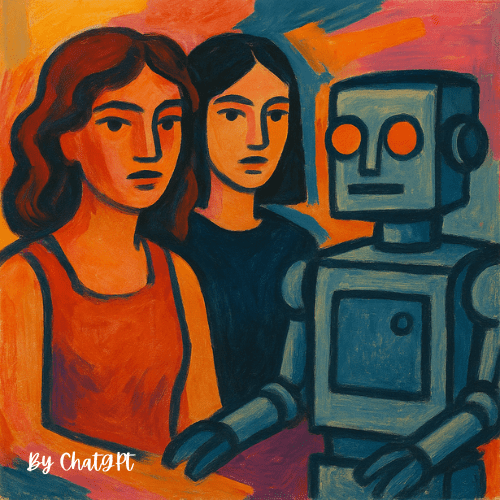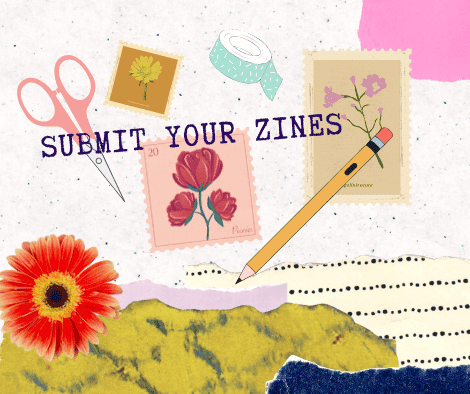For nearly thirty years, Broken Pencil magazine existed in a strange little pocket of Canadian publishing — not quite mainstream, never trying to be, and proud of its outsider status. Since 1995, the mag built itself into one of the rare spaces that genuinely championed zines, independent publishing, weird art, and experimental literature. It was never slick. Never trying to play by industry rules. That was the whole point.
And then it was gone.
When Broken Pencil officially announced its closure in late 2024, longtime contributors and readers weren’t exactly shocked, but they were stunned. The magazine, for all its indie ethos, had managed to endure in an increasingly digital, corporatized media environment. But its ending came not because the readership dried up or the funds ran out — though that didn’t help — but because of a conflict between its founder’s public views and the politics of the community it served.
The final nail was controversy — and it wasn’t the first time controversy had come knocking.
From the Margins to the Map
To understand why the closure hit the way it did, you have to know what Broken Pencil meant. At its height, the magazine was a lifeline for folks on the outside of traditional publishing: zinesters mailing in Xeroxed pages from small towns, queers writing about sex and survival, anarchists with handmade booklets, scrappy cartoonists without an agent in sight.
Its reviews section was legendary — blunt, sometimes a little snarky, always thorough. But it was also fair, and it was one of the only places you could get serious, thoughtful attention for a zine you stapled together at your kitchen table. The mag also ran essays, interviews, and short fiction, but it was never trying to be another McSweeney’s. It was more punk basement than literary salon.
And then there was Canzine — a zine fair turned cultural happening that brought together writers, artists, activists, and curious passersby in a chaotic, paper-filled, often beautiful mess. For a lot of people, Canzine was their first taste of a DIY culture that didn’t feel corny or commercialized.
Hal Niedzviecki was at the center of all this. He founded Broken Pencil in 1995 and stuck with it. For better or worse, the magazine was tied up with his name. In the early years, his work gave voice to subcultures that had none. But times change — and expectations around who holds space, and how they do it, change too.
Trouble in 2017
Niedzviecki had already taken a hit to his reputation in 2017. That year, while guest-editing Write, a publication from the Writers’ Union of Canada, he published an editorial suggesting that writers should embrace writing about cultures not their own — and went so far as to suggest a “Cultural Appropriation Prize.”
The opening sentence began, “I don’t believe in cultural appropriation”. It landed about as well as you’d expect.

Indigenous writers and many others slammed the piece. For them, it wasn’t just tone-deaf — it reflected a deeper, ongoing dismissal of marginalized voices in publishing. Niedzviecki resigned, and the incident kicked off a national conversation about cultural appropriation in Canadian arts.
Following the incident, Niedzviecki addressed the controversy in an interview with CBC Radio’s The Current. In this discussion, he expressed regret over his choice of words and acknowledged the insensitivity of his proposal. He stated that his intention was to challenge writers to step beyond their personal experiences and engage with diverse perspectives, but he recognized that his approach was misguided and failed to consider the historical and cultural contexts of appropriation.
For a lot of people, the damage was lasting. It signaled, to some, a kind of blindness to power — the idea that if you’re not personally affected by systemic racism or colonialism, then you’re free to treat culture as a sandbox. That idea wasn’t going to hold up in the years to come.
This controversy had lasting implications for Niedzviecki’s career and reputation. It highlighted the complexities and responsibilities inherent in cultural representation within the literary community. The incident also sparked broader conversations about the boundaries of creative expression and the importance of cultural sensitivity in storytelling.
Even so, Broken Pencil carried on, and Niedzviecki remained its editor. The controversy, while significant, didn’t destroy the magazine. It simmered in the background.
2024: A Crisis Ignited
Things exploded again in 2024, but this time it didn’t blow over.
After the October 7th attacks by Hamas and the subsequent Israeli assault on Gaza, the world watched in horror as the civilian death toll climbed. Images of rubble, children pulled from buildings, and hospitals under siege circulated globally. While opinions on the political conflict remained varied, calls to recognize the suffering in Gaza and condemn the violence grew louder across the arts world.
Then Hal posted.
On social media, Niedzviecki expressed unwavering support for Israel, denying that what was happening in Gaza constituted genocide. The tone of his posts — defensive, dismissive, and unapologetic — did not sit well with many in the indie arts community. These were not views expressed in a vacuum. They came from the founder of a magazine that had long claimed to stand with marginalized people, outsiders, and radicals.
The backlash was immediate. Artists, zinesters, writers — many of whom had contributed to Broken Pencil over the years — began organizing. An open letter circulated. It called for Niedzviecki’s resignation, asked the magazine to formally endorse the BDS movement, and demanded editorial attention to what was happening in Gaza.
By late November, the letter had nearly 200 signatures. Contributors old and new publicly cut ties with the magazine. Former editors stepped forward, saying they no longer recognized the publication they once loved.
Closing the Book
On November 30, 2024, Niedzviecki posted a letter on Broken Pencil’s website: the magazine would be shutting down, permanently. He framed the decision as the result of a changing cultural climate, claiming that a “zeal for ideological purity” had taken hold of the indie publishing world.
He didn’t apologize. In fact, he accused the community of turning its back on freedom of thought. To some, it sounded like a martyr complex. To others, it was just plain denial.
It was a strange, anti-climactic ending. No final issue. No farewell celebration. Just a note that, after nearly three decades, Broken Pencil would no longer exist.
What Gets Left Behind
For those who came up through zines and small press, Broken Pencil’s collapse feels personal. Not because anyone thought it was perfect — it wasn’t — but because it had history. And history counts for something in a scene that so often gets erased or overlooked.
The loss isn’t just a platform. It’s visibility. Reviews. Opportunities. A place where your oddball project might actually find an audience.
But maybe that’s part of the story too. Maybe institutions — even indie ones — aren’t built to last forever. Especially not when they refuse to change.
Zines themselves aren’t going anywhere. If anything, there’s a new wave of distros, collectives, and micro-presses rising to meet the moment. These new projects are often explicitly anti-racist, anti-colonial, and rooted in community care. They know that platforms need to be accountable to the people they serve.
And if that means leaving behind the old guard? So be it.
A Complicated Legacy
Hal Niedzviecki will remain a polarizing figure. To some, he’s a trailblazer who gave space to outsider voices when no one else would. To others, he’s emblematic of the limitations of white liberal indie culture — open-minded until challenged, inclusive until inconvenient.
As for Broken Pencil, its legacy is messy. There’s no neat way to summarize it. It was a lifeline. It was a blind spot. It helped people. It failed people.
It’s possible — even necessary — to hold both truths at once.
And maybe the real legacy won’t be the magazine itself, but what comes next: whatever strange, beautiful, radical thing replaces it.
✂️ Let’s Talk About It
What did Broken Pencil mean to you — or not mean at all? We’re collecting reflections, rebuttals, zine reviews, and angry letters to the editor. Send yours to hello@shezinemag.com with “Broken Pencil” in the subject line.
✊ Zines Aren’t Dead. They’re Evolving.
If you’re building the next thing — a distro, a micro-press, a platform that gives a damn — tell us about it. We want to feature projects that are doing it better.
💌 Stay in the Loop
Subscribe to The Edit, our not-boring, not-corporate newsletter for DIY thinkers, cultural critics, and new girl army recruits. You’ll get fresh pieces like this, early invites, and maybe a free sticker.
→ Subscribe to The Edit
→ Follow @SheZineMag
→ Pitch Us a Piece
Editor’s Note: The author was previously featured in Broken Pencil. This piece reflects their personal views and experiences.

AXO (she/her) is a multidisciplinary creator, editor, and builder of feminist media ecosystems based in Toronto. She is the founder of She Zine Mag, Side Project Distro, BBLGM Club, and several other projects under the AXO&Co umbrella — each rooted in DIY culture, creative rebellion, and community care. Her work explores the intersection of craft, technology, and consciousness, with an emphasis on handmade ethics, neurodivergent creativity, and the politics of making. She is an advocate for accessible creativity and the power of small-scale cultural production to spark social change. Her practice merges punk, print, and digital media while refusing to separate the emotional from the practical. Above all, her work invites others to build creative lives that are thoughtful, defiant, and deeply handmade.










